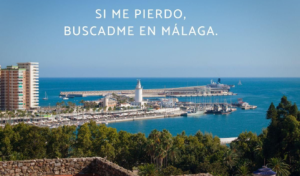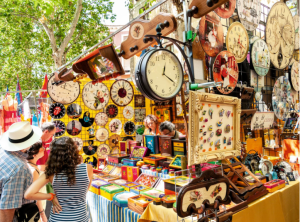The Camino de Santiago is one of the most famous pilgrimage routes in the world, attracting travelers from all walks of life. But what exactly is it? What are its main characteristics? And which routes are the most popular? In this article, Maestromío will explain everything you need to know about the Camino de Santiago, from its history to its most iconic paths.
The Camino de Santiago is a network of pilgrimage routes leading to the city of Santiago de Compostela in Galicia, Spain. Its origins date back to the Middle Ages when Christians began making the journey to the tomb of Saint James the Greater, one of Jesus’ disciples.
Over time, this route became one of the most important in Europe, attracting not only religious pilgrims but also travelers, adventurers, and nature lovers.

Why is it famous?
The Camino de Santiago is renowned for several reasons:
- History and spirituality – It has been walked for over a thousand years by people seeking faith, reflection, or personal growth.
- Natural beauty – It crosses mountains, forests, rivers, and charming villages, offering breathtaking landscapes.
- Culture and tradition – Along the way, pilgrims can discover monuments, medieval churches, and delicious gastronomy.
- Personal challenge – Many see it as an opportunity to overcome physical and mental challenges.
- Human connections – It is a place of community, where people from all over the world share experiences and form friendships.
Main Routes of the Camino de Santiago
There are several routes to reach Santiago de Compostela. The most well-known include:
- Camino Francés: The most popular route, starting in Saint-Jean-Pied-de-Port (France) and covering about 780 km to Santiago.
- Camino del Norte: Follows the northern coast of Spain, passing through cities like San Sebastián and Santander.
- Camino Portugués: Begins in Lisbon or Porto, crossing Portugal before entering Spain.
- Camino Primitivo: Considered the oldest route, starting in Oviedo and ideal for those looking for a more demanding challenge.
How to Do the Camino de Santiago?
The Camino can be traveled on foot, by bike, or even on horseback. Many pilgrims carry a Pilgrim’s Credential, a document stamped at each stage, allowing them to receive the Compostela, an official certificate of completion.

Conclusion
The Camino de Santiago is more than just a journey; it’s a transformational experience. Whether for religious, cultural, or personal reasons, walking the Camino is a unique opportunity to disconnect from the modern world, discover incredible landscapes, and embark on an unforgettable adventure.
Would you like to try it someday?






